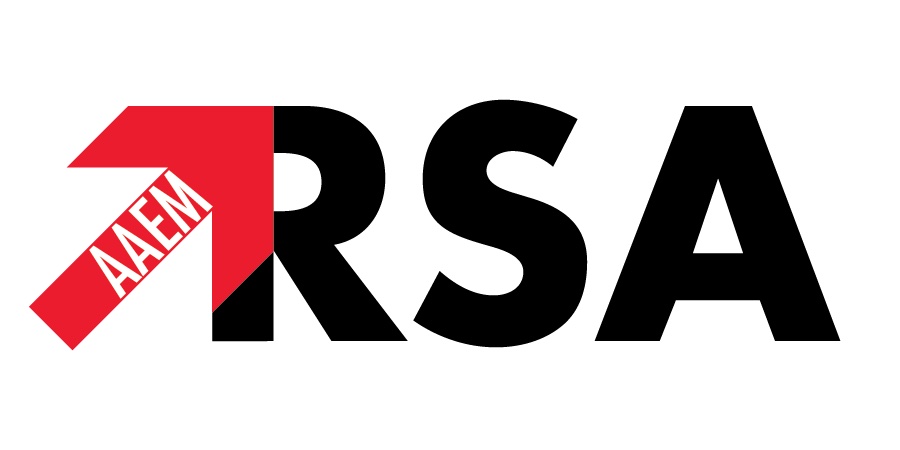Originally Published: Modern Resident, October/November 2010
Original Article Author: Sundeep Bhat, MD
Stanford/Kaiser Emergency Medicine
Submitted by: Rachel Engle, DO (Communications Committee Chair)
After successful intubation, the work of an emergency physician is not over! There are several scenarios and trouble-shooting tips for approaching unstable patients who are already mechanically ventilated.
For the intubated patient who becomes HYPERtensive:
- During or immediately after sedation, it’s often from direct laryngoscopy.
- Shortly after intubation, think paralyzed but not sedated (consider the half-life of your induction agent vs. your paralytic).
- Farther out from intubation, consider ETT location (closer to the carina is irritating!) and/or inadequate sedation.
For the intubated patient who becomes HYPOtensive, consider:
- Medication side effects in the setting of underlying hypovolemia (e.g., propofol will decrease SVR and worsen hypotension in an already hypovolemic patient).
- Tension pneumothorax (listen for breath sounds bilaterally, assess for JVD/tracheal shift, and obtain CXR).
- Positive pressure ventilation in the setting of hypovolemia (leads to decreased venous return and therefore decreased cardiac output).
- Worsening acidosis leading to negative inotropy and decreased cardiac output (e.g., the intubated patient with salicylate poisoning); follow-up the post-intubation ABG!
And, when your intubated patient becomes HYPOXIC with elevated peak airway pressures, first evaluate whether the plateau pressure is low (reflecting a problem with airway resistance) or high (reflecting decreased lung compliance).
For high peak airway pressure and LOW plateau pressures, consider:
- Mucous plugging (suction the airway or consider need for bronchoscopy)
- Bronchospasm (consider bronchodilator therapy)
- Vent circuit blockage (check the tubing/equipment to ensure it is clear)
For high peak airway pressure and HIGH plateau pressure, consider:
- Tension pneumothorax (assess breath sounds, JVD/tracheal deviation, CXR)
- Bronchial intubation, usually right main stem (listen for equal breath sounds, check the CXR)
- Air-stacking, also known as elevated Auto-PEEP (disconnect the vent and adjust rate, inspiratory:expiratory ratios)
- Intrinsic lung injury (e.g., ARDS)
References:
1. Sigillito, RJ. “Mechanical Ventilation” In Adams, JG Emergency Medicine. Saunders Elsevier Inc, 2008:31-38.
2. Mitarai, T. “Post-Intubation Emergencies,” Stanford/Kaiser EM-ICU Conference, August 25, 2010.

